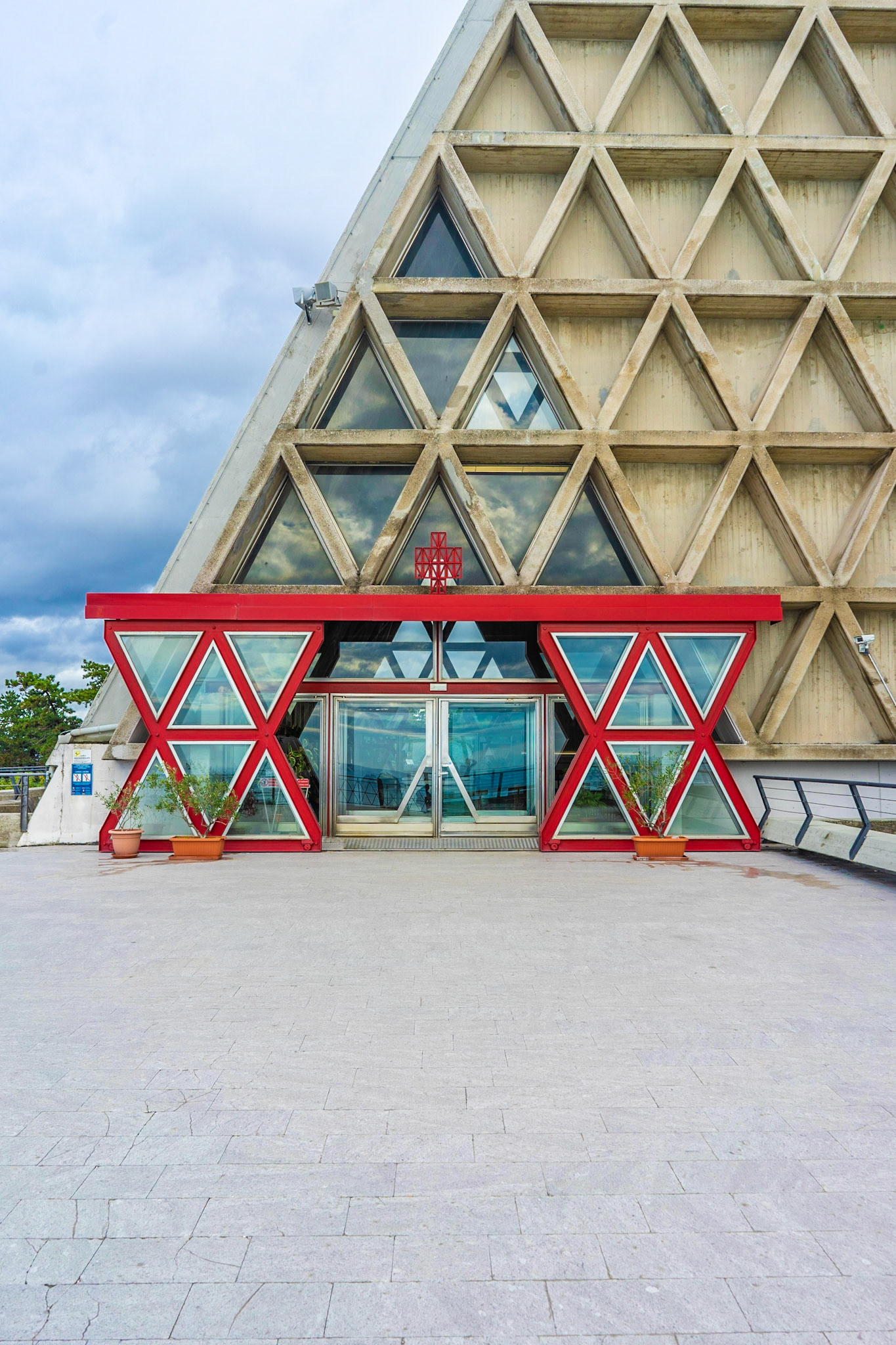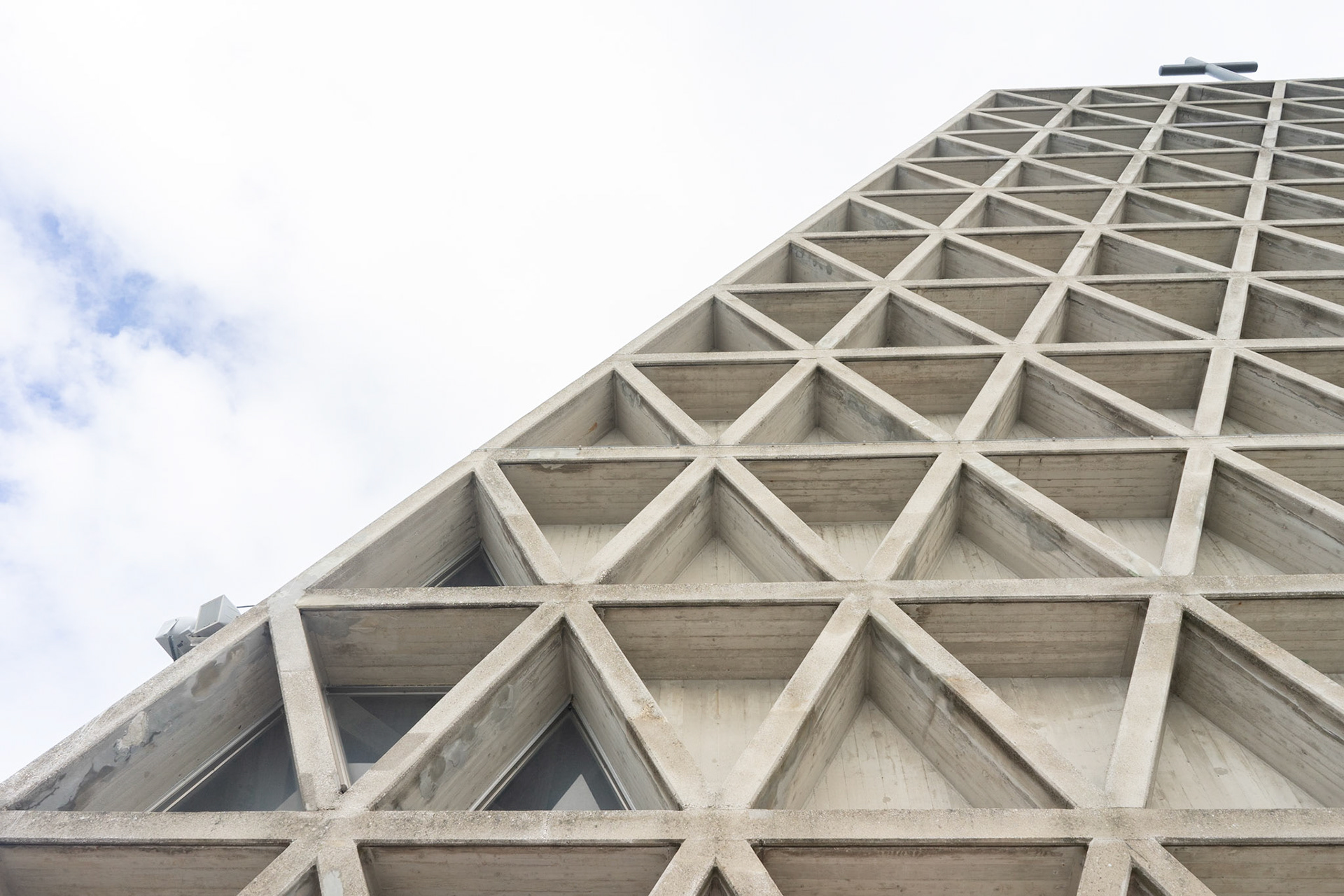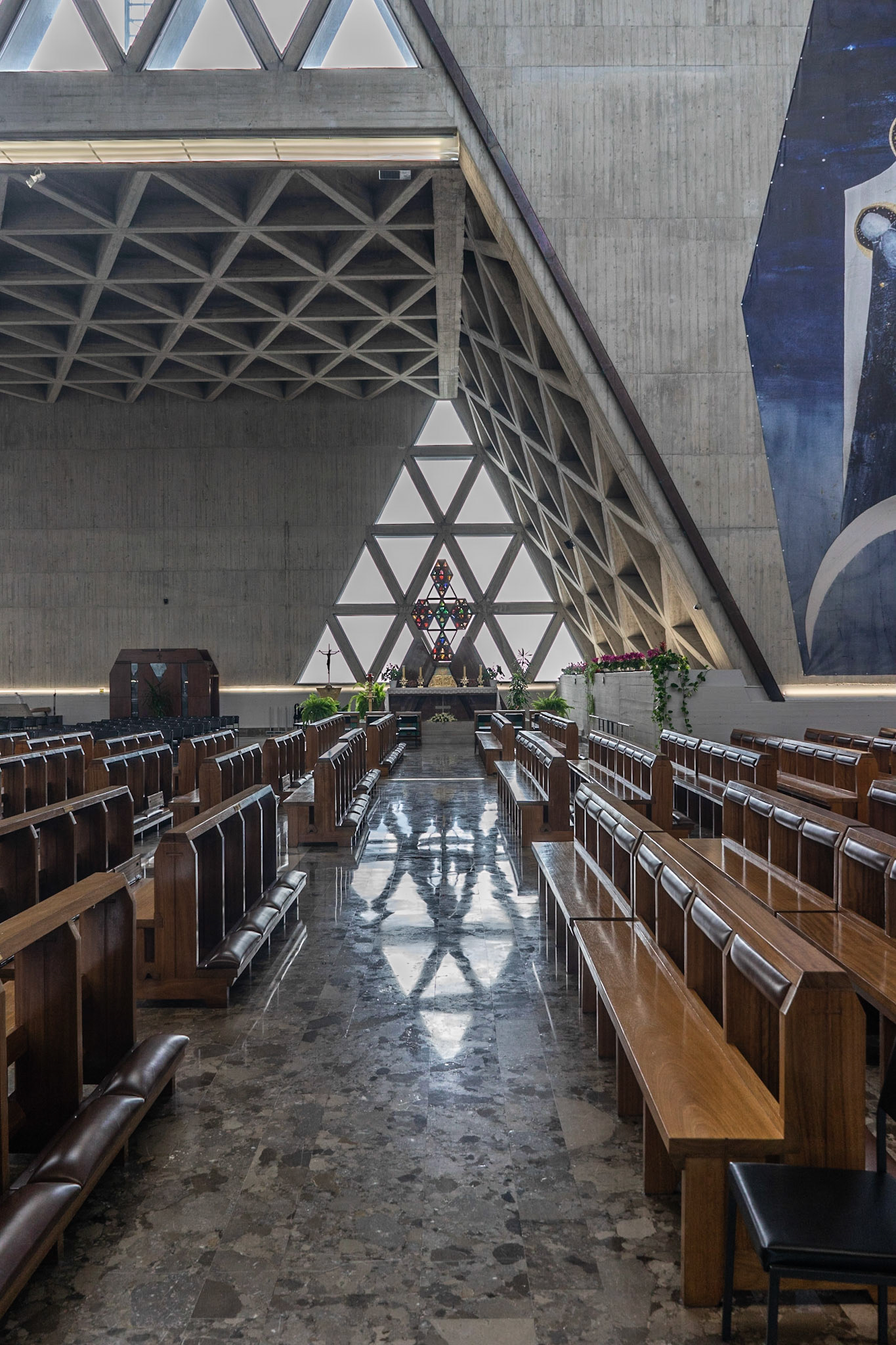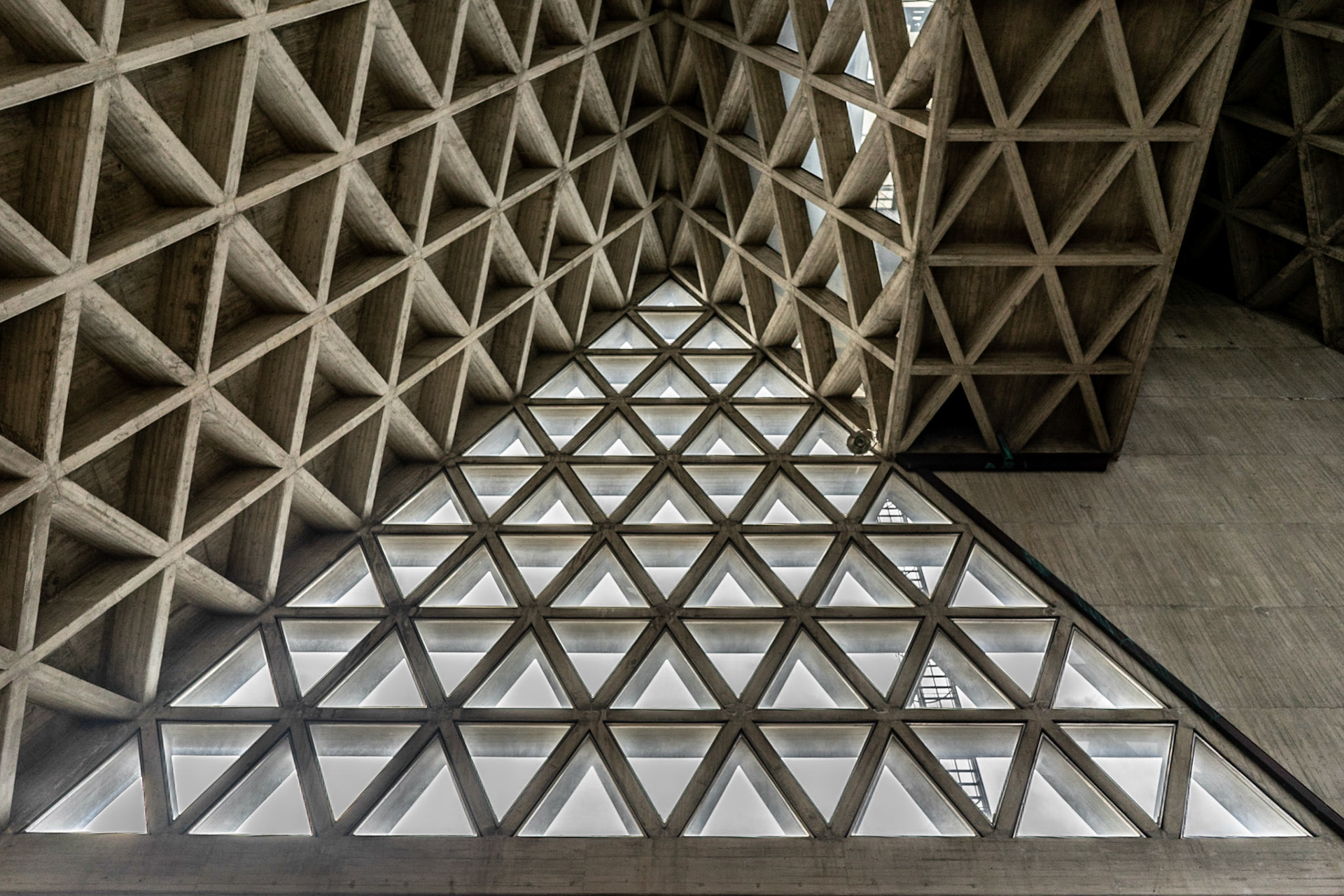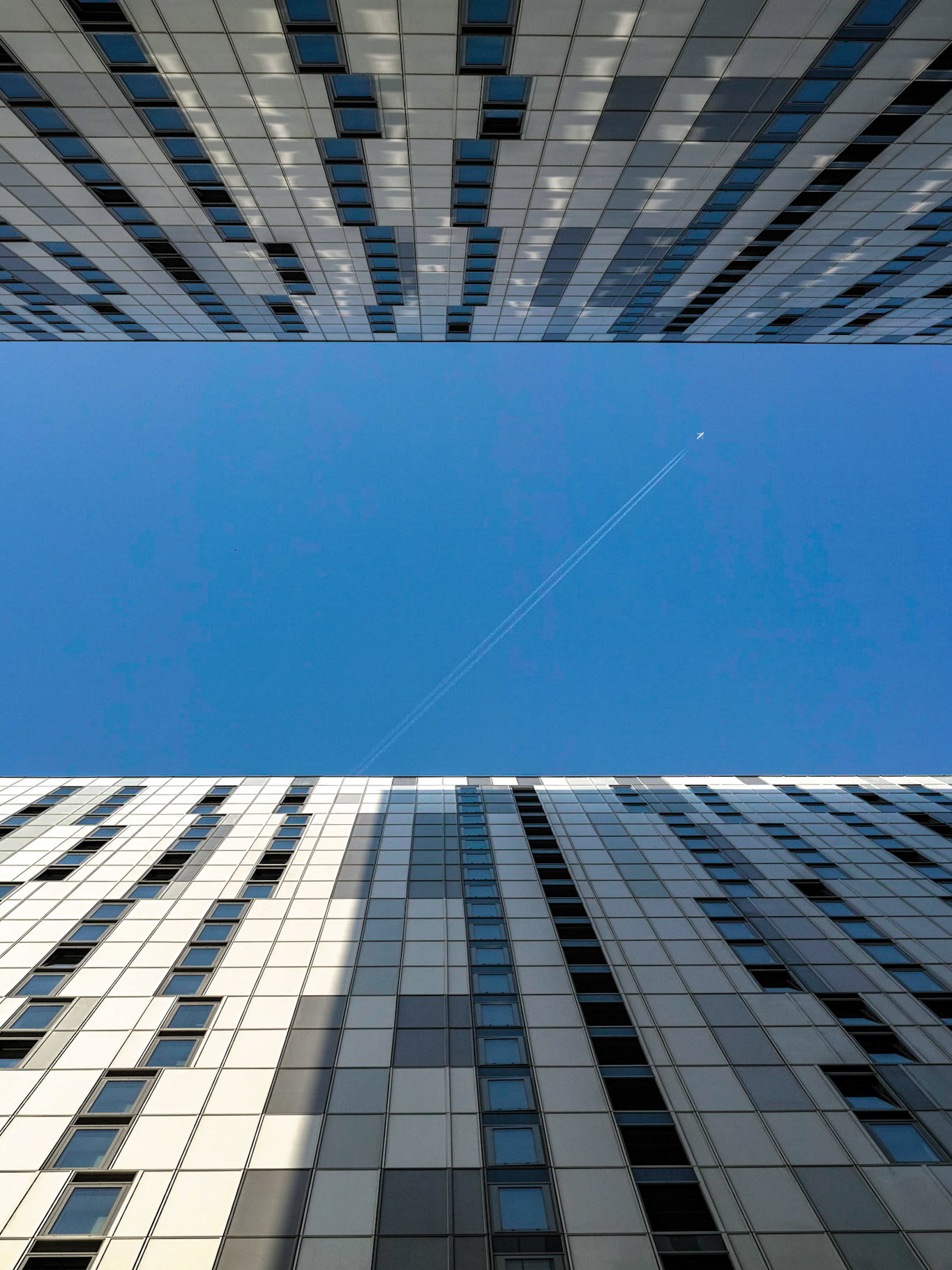Trieste is a very interesting city, which certainly deserves much more than the two days (of bad weather) I could dedicate to it. These are the impressions that this place has left me with during this short visit. Looking forward to come back for a more in-depth stay, I share here with you some pictures and impressions of this beautiful city.
A cosmopolitan Town
A very rare, if not unique, case among Italian cities, Trieste is cosmopolitan and it doesn’t have any Italian stereotypes. Although it is Italian to all intents and purposes, Trieste is characterized by clear and still strongly present foreign influences. The imprint of the Austro-Hungarian Empire clearly shows itself in the architecture, language and cuisine; therefore Trieste looks more Central European than Italian.
A very rare, if not unique, case among Italian cities, Trieste is cosmopolitan and it doesn’t have any Italian stereotypes. Although it is Italian to all intents and purposes, Trieste is characterized by clear and still strongly present foreign influences. The imprint of the Austro-Hungarian Empire clearly shows itself in the architecture, language and cuisine; therefore Trieste looks more Central European than Italian.
Contrasts
The presence of the port, of the shipbuilding industry and of their related businesses (Trieste is still the main commercial port in Italy) gives the city another almost unique quality. Industrial structures and buildings have cyclopean dimensions if compared to a city of only 200,000 inhabitants. The contrast is even more evident if you look at the town from above. The commercial and cruise ships that come and go at the harbour at any time look bigger than most buildings in the city, as do the cranes
The presence of the port, of the shipbuilding industry and of their related businesses (Trieste is still the main commercial port in Italy) gives the city another almost unique quality. Industrial structures and buildings have cyclopean dimensions if compared to a city of only 200,000 inhabitants. The contrast is even more evident if you look at the town from above. The commercial and cruise ships that come and go at the harbour at any time look bigger than most buildings in the city, as do the cranes
The sea in the city
I am not sure how to put that into words, but I will try. Trieste is a seaside- or port-city in a much narrower sense than usual. Not only does it have a port, a promenade or some neighborhoods overlooking the coast. The entire city develops on the coast, along and above it. The sea-view is almost everywhere: at the end of most of the roads, from virtually any balcony in any neighborhood. Moreover, the sea is one of the sides of its main square and the main business buildings are right on the seaside.
I am not sure how to put that into words, but I will try. Trieste is a seaside- or port-city in a much narrower sense than usual. Not only does it have a port, a promenade or some neighborhoods overlooking the coast. The entire city develops on the coast, along and above it. The sea-view is almost everywhere: at the end of most of the roads, from virtually any balcony in any neighborhood. Moreover, the sea is one of the sides of its main square and the main business buildings are right on the seaside.
The boundaries
Many city’s attractions are located in its surroundings, not in the center. The city does not seem to have any well-defined boundaries, as usual. Some of its key attractions, in my opinion, are practically out of town: the "Victory Lighthouse", the "Miramare Castle" and the marine sanctuary of "Monte Grisa" are just some examples.
Many city’s attractions are located in its surroundings, not in the center. The city does not seem to have any well-defined boundaries, as usual. Some of its key attractions, in my opinion, are practically out of town: the "Victory Lighthouse", the "Miramare Castle" and the marine sanctuary of "Monte Grisa" are just some examples.
The City center

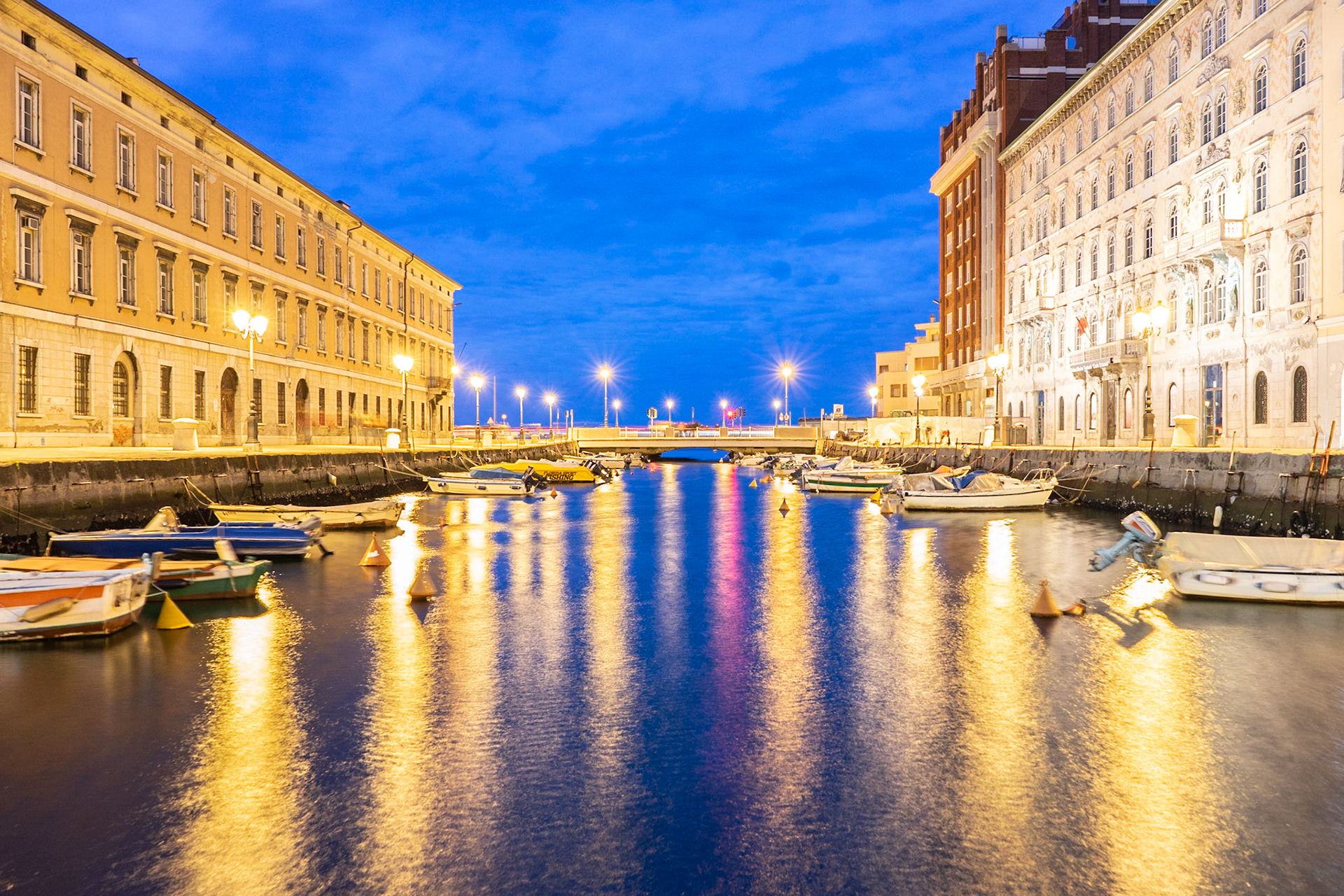
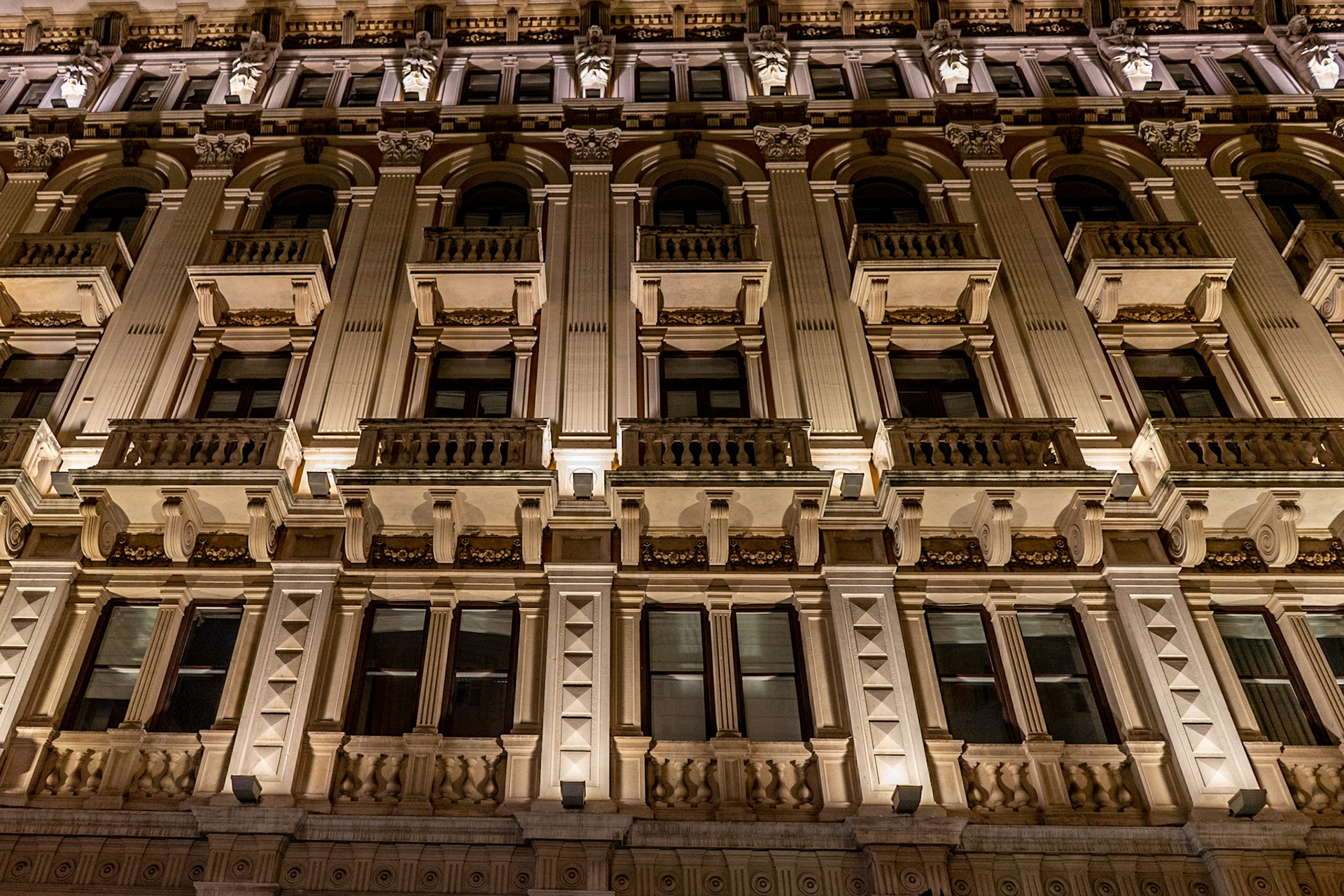


The seaside
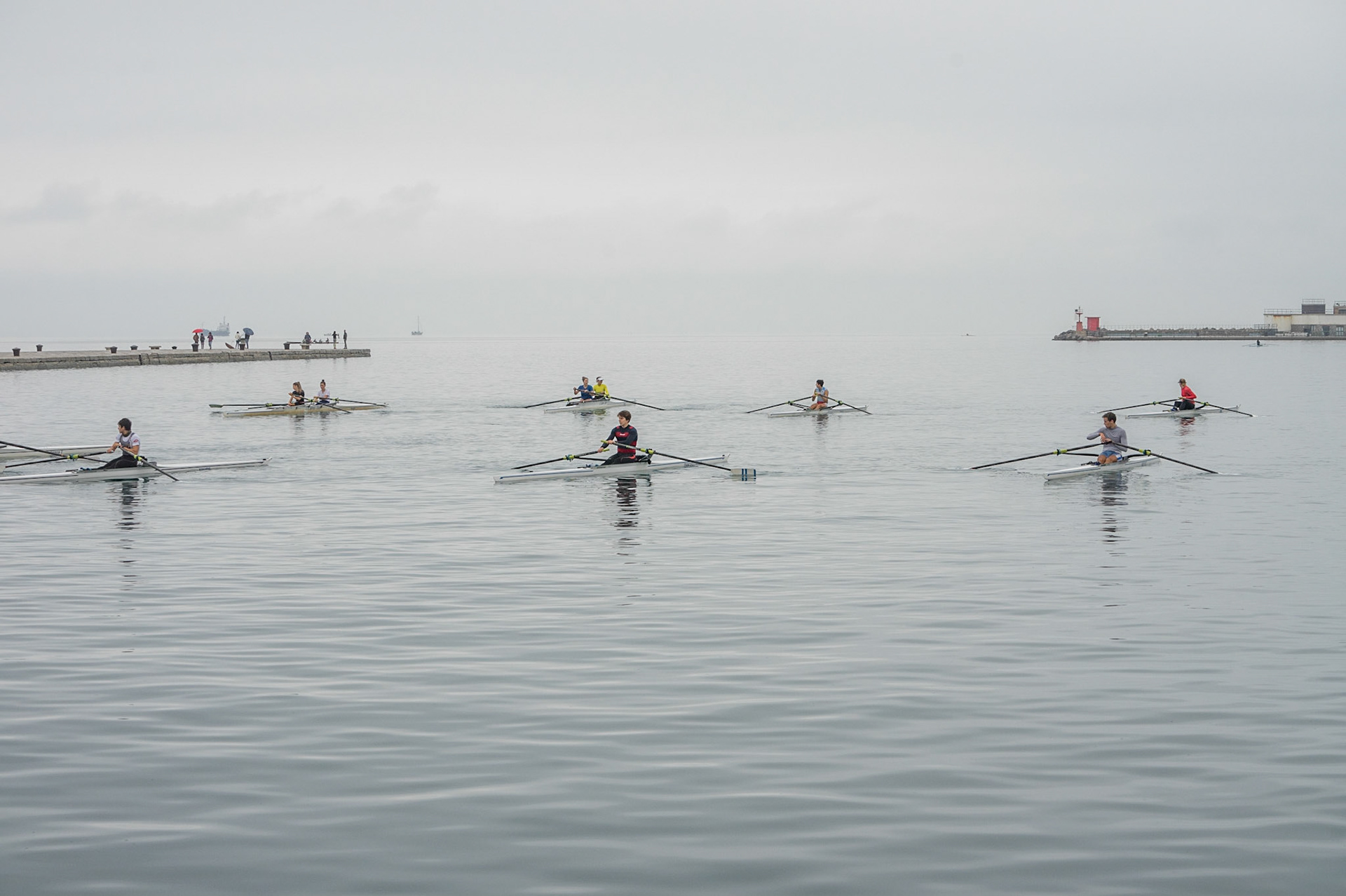

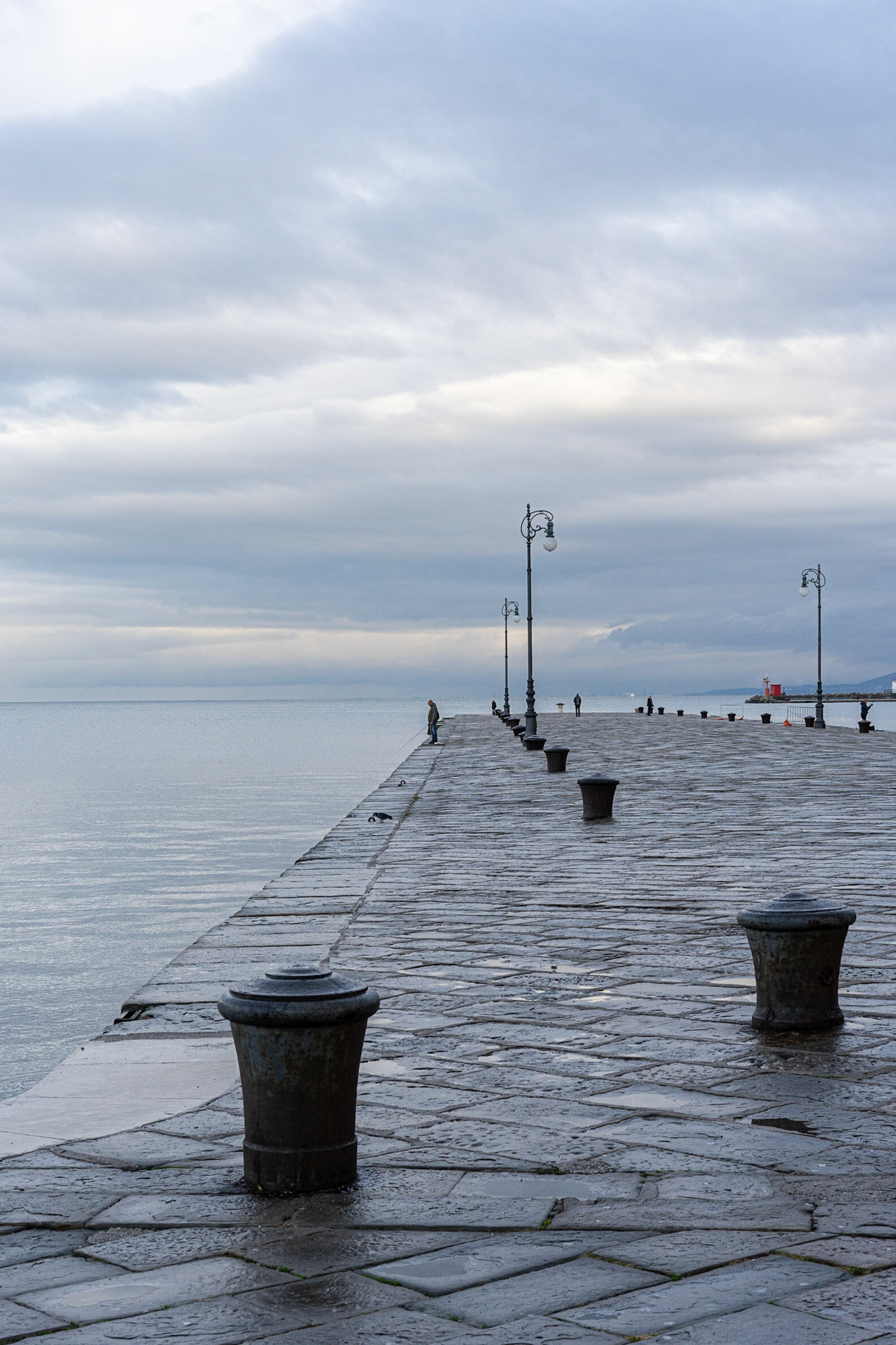
The Port
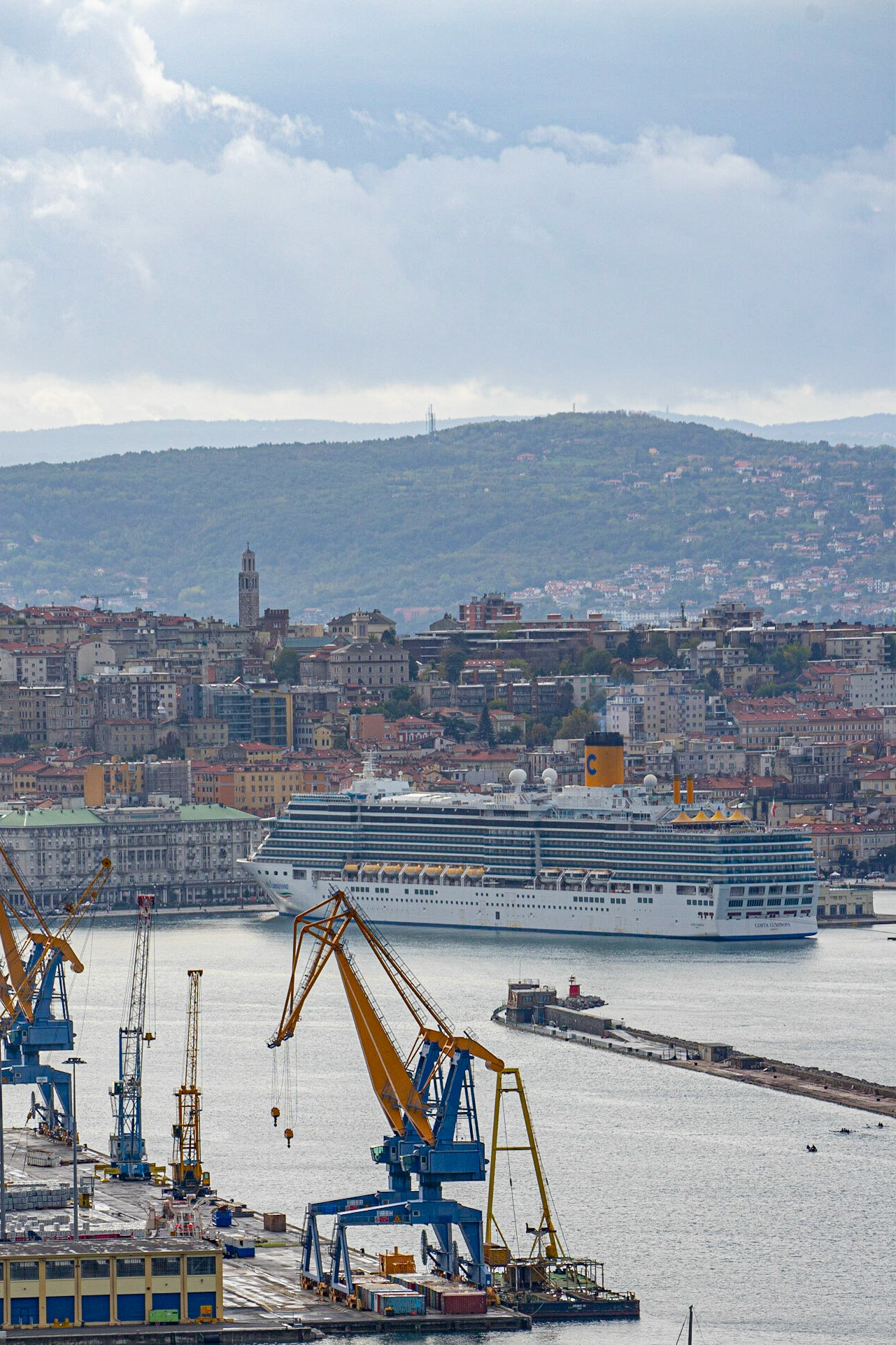
The sorroundings

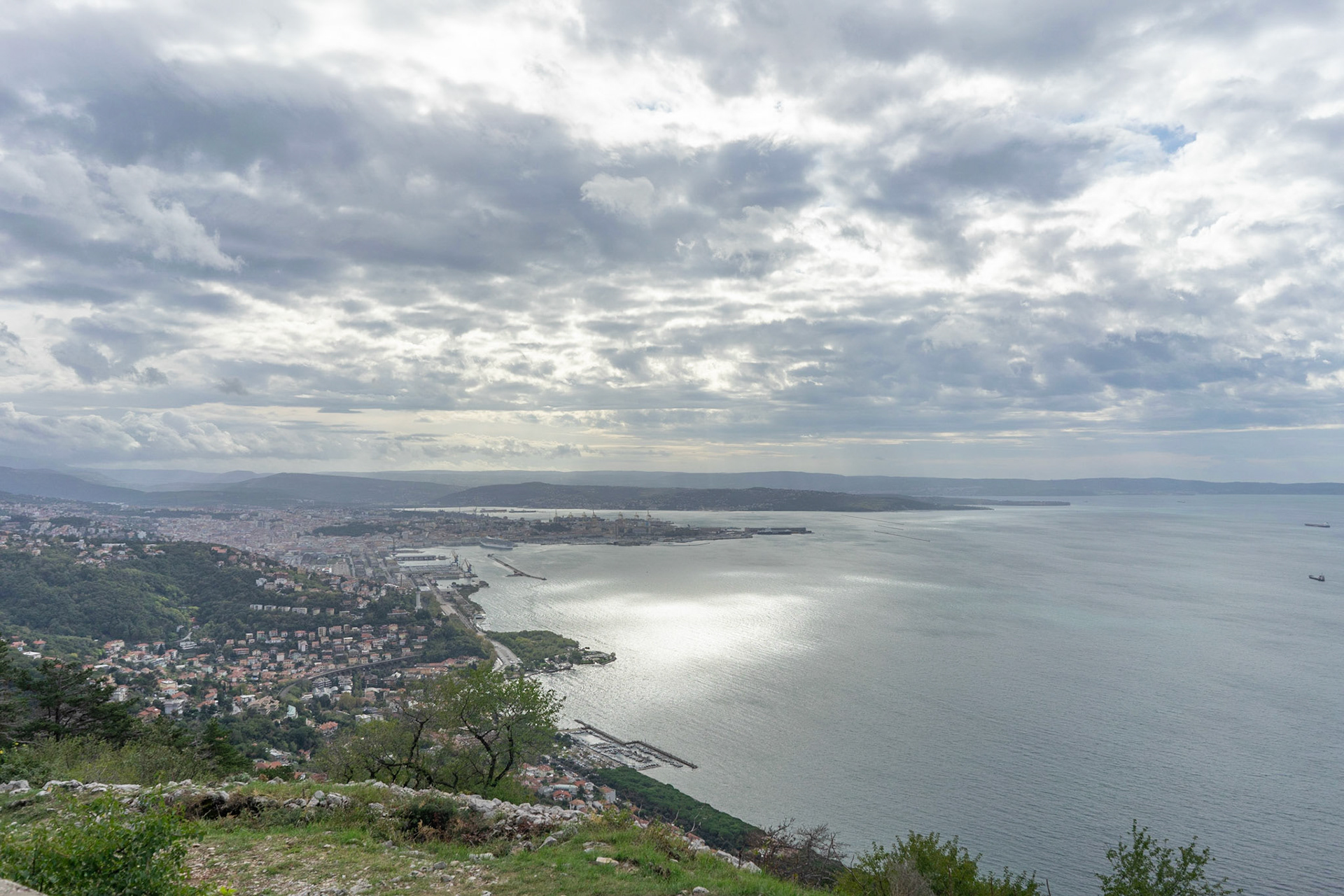
Monte Grisa
